How Much Is a Can of Dip? A Practical Briefing for Bulk Buyers
For purchasing managers in the nicotine industry, understanding the pricing dynamics behind products like dip (moist smokeless tobacco) is essential. This briefing outlines the primary factors influencing the cost of a can of dip, compares regional pricing trends in key markets, and clarifies the distinction between white label and OEM manufacturing models. If your business is considering bulk procurement of nicotine products, this guide offers a practical foundation for making informed purchasing decisions.
Factors Affecting the Price of a Can of Dip
Several variables influence the unit price of dip products:
-
Brand Positioning: Premium brands command higher prices due to established consumer trust and market reach.
-
Product Type and Cut: Long cut, fine cut, or pouch versions may vary in production cost.
-
Nicotine Source and Preparation: The use of pharmaceutical-grade nicotine or proprietary formulations can drive up input costs.
-
Manufacturing Efficiency: Automation, batch size, and quality control processes directly affect production overhead.
-
Distribution Channels: Direct factory shipments tend to be more cost-efficient than multi-tier retail systems.
For businesses seeking accurate price points, engaging directly with a manufacturer or wholesale supplier remains the most reliable approach.
Regional Pricing Differences for Nicotine Products
China
While traditionally focused on cigarettes, China’s market is gradually expanding its interest in alternative nicotine formats, including dip and nicotine pouches. Manufacturers in China often offer competitive base prices, especially for OEM orders. However, import duties, registration fees, and regulatory certifications may increase landed costs, particularly for overseas buyers.
United States
In the U.S., dip products benefit from a mature supply chain and fierce brand competition, which generally results in more stable pricing. That said, local and federal tobacco excise taxes vary by state and can significantly affect retail prices. Buyers sourcing within the U.S. typically benefit from shorter lead times, better regulatory transparency, and easier product testing access.
Cost Composition of Nicotine Products
Whether you’re procuring dip, nicotine pouches, or other oral formats, the cost structure usually includes:
-
Raw Materials: Tobacco or nicotine base, flavoring agents, moisture stabilizers, pouch paper or can materials
-
Processing & Labor: Mixing, filling, cutting, packaging, quality checks
-
Packaging: Custom cans, labeling, coding, and compliance elements
-
Distribution & Logistics: Warehousing, freight, customs clearance for international shipping
-
Marketing & Admin: Branding, licensing, regulatory filings, and distributor management
Understanding this breakdown allows procurement teams to negotiate effectively and assess value beyond just the quoted unit price.
V. Concept and Differences of White Label and OEM
In the nicotine manufacturing space, businesses commonly choose between two production models:
-
White Label:
A pre-formulated, non-branded product manufactured by a third party, available for rebranding. Ideal for businesses aiming for quick product launches with minimal customization. -
OEM (Original Equipment Manufacturer):
A tailored solution in which the manufacturer works directly with your brand to develop a proprietary product. This includes custom formulations, pouch format, can design, and labeling.
Key Distinction: White label = faster time-to-market. OEM = deeper brand differentiation.
VI. Which Is the Better Choice: White Label or OEM?
The decision hinges on your business objectives:
-
Choose White Label If:
-
You want to test the market before committing large capital
-
You prioritize speed, low MOQ, and minimal development overhead
-
Your brand can thrive using standard formulations and packaging
-
-
Choose OEM If:
-
You require product exclusivity and full brand identity control
-
You’re targeting niche audiences or regulatory-specific markets
-
You aim to build long-term brand equity through custom features
-
Many companies begin with white label and transition to OEM once they’ve validated demand and built distribution partnerships.
VII. How to Place Bulk Orders for Nicotine Products
Bulk procurement typically follows a structured process:
-
Supplier Selection
Shortlist manufacturers based on product range, certifications (e.g., GMP, ISO), MOQ, and ability to support either white label or OEM production. -
Sample Testing
Request product samples to evaluate flavor, strength, cut quality, pouch material, and packaging presentation. -
Contract Finalization
Define commercial terms—pricing, production lead time, payment schedules, packaging specs, and compliance requirements. -
Order Placement and Fulfillment
Once approved, issue a purchase order and arrange logistics. Track production milestones and conduct pre-shipment inspections when necessary. -
Post-Sales Review
Monitor consumer feedback and production consistency to determine reordering schedules or formula refinements.
For trusted suppliers, explore resources like:
VIII. Conclusion
Answering the question “How much is a can of dip?” requires more than a price list—it demands understanding of product variables, supply chain structure, and market conditions. Regional pricing differences, cost components, and the strategic choice between white label and OEM all play a role in shaping the final cost to your business.
By collaborating with qualified manufacturers and applying a structured procurement process, your team can secure high-quality nicotine products at competitive pricing. For specific quotes or to begin the supplier dialogue, visit Snuff Factory.
Staying informed and maintaining strong supplier relationships is key to successful bulk nicotine product sourcing—whether you’re buying your first container or scaling an existing portfolio.

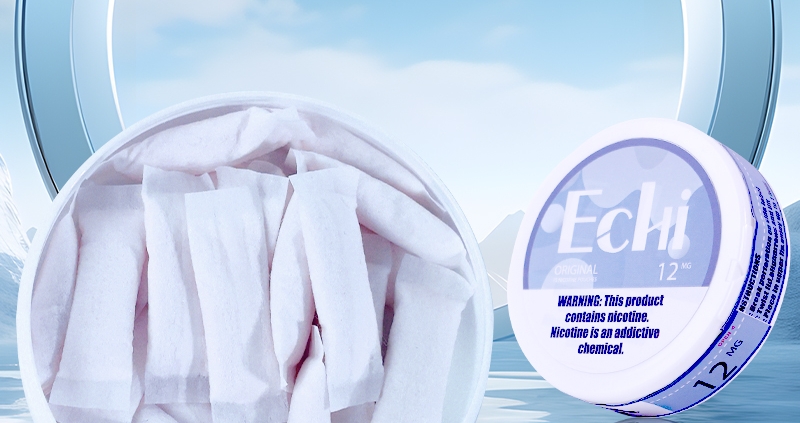
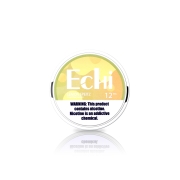
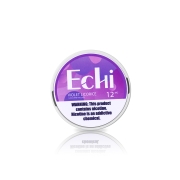


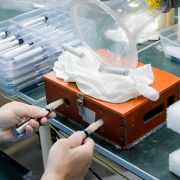
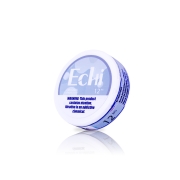


Leave a Reply
Want to join the discussion?Feel free to contribute!